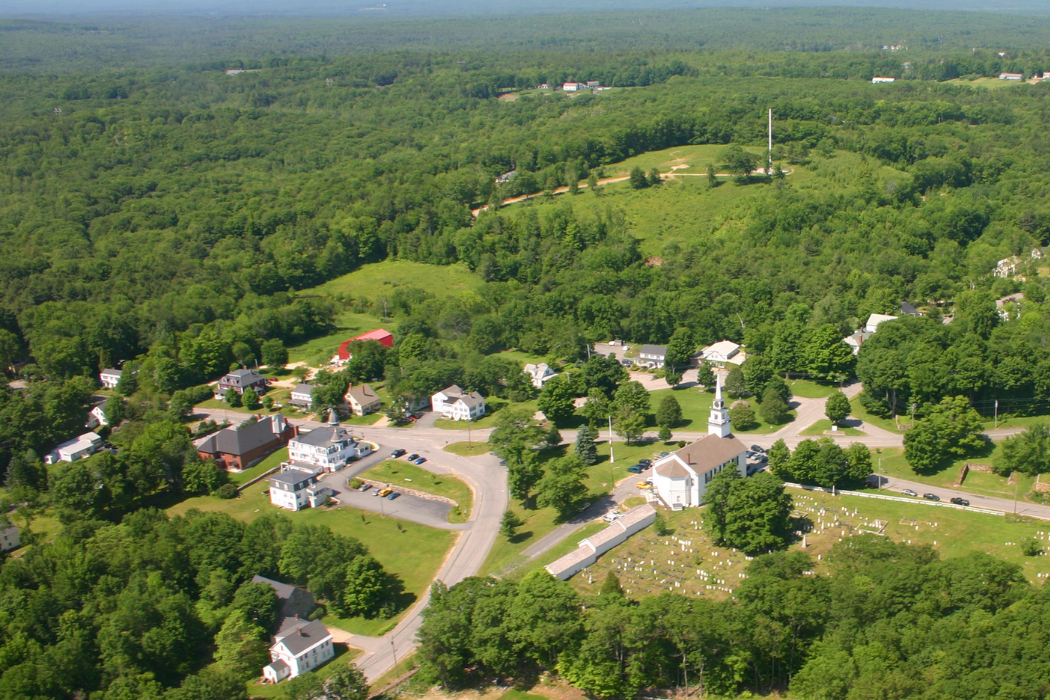Connecting rural America
When rural communities decide to work on expanding local broadband, they have to decide what kind of network best meets the community’s needs. They often see a tradeoff between performance and cost. But in most situations, we actually don’t think communities need to compromise.
Fiber-to-the-Home (FTTH) networks have the fastest speeds, the highest quality connectivity, and often the lowest costs in the long run. With a 15- to 20-year perspective, fiber networks are almost always the way to go.
From a quality and resilience standpoint, only fiber networks are considered “future proof.”
Building a cable or fiber network is, to be sure, expensive, because it requires attaching each house to a physical cable or fiber strand. But fiber optic cable is cheaper to maintain, as it does not degrade and therefore does not need replacement.
Furthermore, fiber network speeds can be upgraded without replacing the underlying fiber, allowing for faster and faster internet speeds that make fiber relevant for decades to come, without the cost of building a new network from scratch. In comparison, cable naturally degrades over time, and upgrading a cable network often requires replacing the cable itself, which can be cost-prohibitive.
Compared to fiber, fixed wireless networks are cheaper (and faster) to build, but more expensive to maintain.
Fixed wireless networks connect fixed locations to the internet via radio waves. They are often touted as a broadband solution for sparsely populated areas. It is true that fixed wireless solutions are faster to deploy and require less up-front investment than fiber, which can make fixed wireless particularly appealing to local leaders seeking immediate relief during the COVID-19 pandemic.
But wireless equipment is expensive and must be replaced every 4-5 years, meaning it is not necessarily cheaper in the long run. In rural areas, where there are fewer customers per mile, more wireless transmitters are needed to reach each customer, making the cost of replacing this equipment even higher. Our experience shows that after 15-20 years, the cost per customer for fiber can be cheaper than it is for fixed wireless networks.
Fixed wireless and DSL networks do not offer adequate speeds and reliability.
Like fixed wireless, DSL is cheaper than fiber or cable to initially implement; DSL is transmitted through existing copper phone lines. But both DSL and fixed wireless networks are inherently limited and will eventually be insufficient, if they are not already. While improvements to DSL have increased download speeds, DSL still has slow upload speeds; future improvements to DSL are limited by properties of telephone lines.
Fixed wireless networks also have slow upload speeds, and are not reliable — signals can be impacted by trees, hills, and weather. While DSL or fixed wireless may meet a community’s needs today, they will not be able to handle increasing demand for video conferencing and file sharing.
When building broadband infrastructure, it’s key to envision your community’s needs 10, 20, or more years into the future. Oftentimes the best and most cost effective solution to meet those needs is a FTTH network.
Stay in touch
Interested in bringing a fiber network to your region? Our sister organization, Rural Innovation Strategies, Inc (RISI) partners with CTC Technology and Energy and ValleyNet to develop actionable feasibility studies, engineering plans, and financial models to deploy fiber in towns and regions across the country.
Visit their site for more information about how you can work with them, and check out our blog to see what it takes for a rural community to get high speed internet. To learn more about the innovation happening in rural America, sign up for our newsletter.
